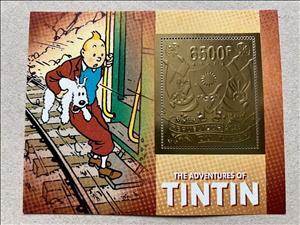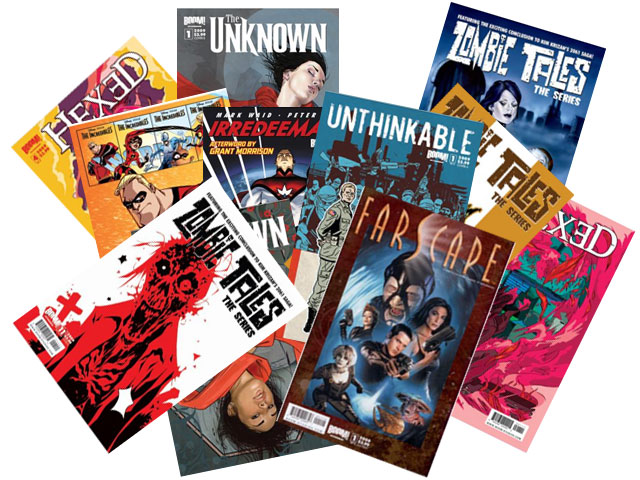Souvenir Sheet: The Adventures of Tintin - Foil Coat of Arms (Niger 2023)
The Adventures of Tintin - Foil Coat of Arms (Niger 2023)
01 January (Niger ) within release Tintin (2023) goes into circulation Souvenir Sheet The Adventures of Tintin - Foil Coat of Arms face value 6,500 West African CFA franc
| Souvenir Sheet The Adventures of Tintin - Foil Coat of Arms in catalogues | |
|---|---|
| Colnect codes: | Col: NE 2023-201 |
Souvenir Sheet is square format.
This item is produced for or by the counterfeit producer located in Moscow, Russia and distributed by criminal counterfeit stamp dealers located in Eastern Europe mainly in Kazakhstan and Estonia. It was created in 2024-5. The production of these counterfeits with foil stamps is massively being placed by the criminals in the name of several African countries. The counterfeit foil stamp used is placed on numerous versions of different series of backgrounds on different topics ranging from the Olympic games to Chess to famous people to Concorde and so forth. All topics consistently used by the counterfeiter in the past. The stamp itself is offered in varieties of gold foil, silver foil or bronze foil as shown in the second image of item NE 2023-01. Avoid anyone selling these!Also in the issue Tintin (2023):
- Souvenir Sheet - The Adventures of Tintin - Foil Coat of Arms face value 6,500;
- Souvenir Sheet - The Adventures of Tintin - Foil Coat of Arms face value 6,500;
- Souvenir Sheet - The Adventures of Tintin - Foil Coat of Arms face value 6,500;
- Souvenir Sheet - The Adventures of Tintin - Foil Coat of Arms face value 6,500;
- Souvenir Sheet - The Adventures of Tintin - Foil Coat of Arms face value 6,500;
Souvenir Sheet The Adventures of Tintin - Foil Coat of Arms it reflects the thematic directions:
A cartoon is a type of visual art that is typically drawn, frequently animated, in an unrealistic or semi-realistic style. The specific meaning has evolved, but the modern usage usually refers to either: an image or series of images intended for satire, caricature, or humor; or a motion picture that relies on a sequence of illustrations for its animation. Someone who creates cartoons in the first sense is called a cartoonist, and in the second sense they are usually called an animator.
The concept originated in the Middle Ages, and first described a preparatory drawing for a piece of art, such as a painting, fresco, tapestry, or stained glass window. In the 19th century, beginning in Punch magazine in 1843, cartoon came to refer – ironically at first – to humorous artworks in magazines and newspapers. Then it also was used for political cartoons and comic strips. When the medium developed, in the early 20th century, it began to refer to animated films that resembled print cartoons.
A coat of arms is an heraldic visual design on an escutcheon (i.e. shield), surcoat, or tabard. The coat of arms on an escutcheon forms the central element of the full heraldic achievement which in its whole consists of shield, supporters, crest, and motto. A coat of arms is traditionally unique to an individual person, family (except in the United Kingdom), state, organisation or corporation.
Comics are a medium used to express ideas with images, often combined with text or other visual information. It typically takes the form of a sequence of panels of images. Textual devices such as speech balloons, captions, and onomatopoeia can indicate dialogue, narration, sound effects, or other information. There is no consensus among theorists and historians on a definition of comics; some emphasize the combination of images and text, some sequentiality or other image relations, and others historical aspects such as mass reproduction or the use of recurring characters. Cartooning and other forms of illustration are the most common image-making means in comics; Photo comics is a form that uses photographic images. Common forms include comic strips, editorial and gag cartoons, and comic books. Since the late 20th century, bound volumes such as graphic novels, comic albums, and tankōbon have become increasingly common, along with webcomics as well as scientific/medical comics



